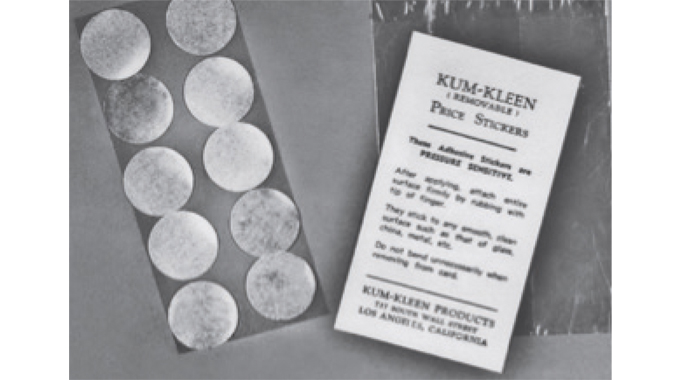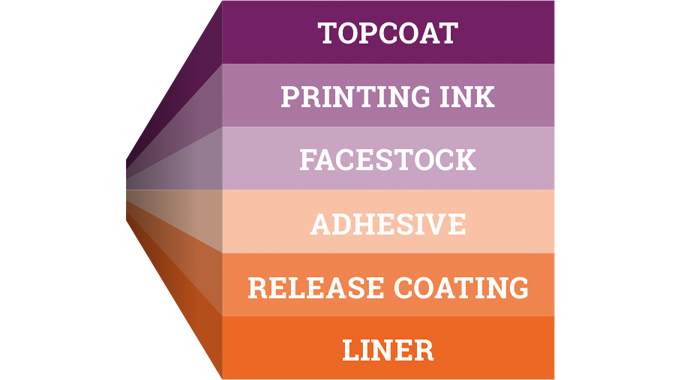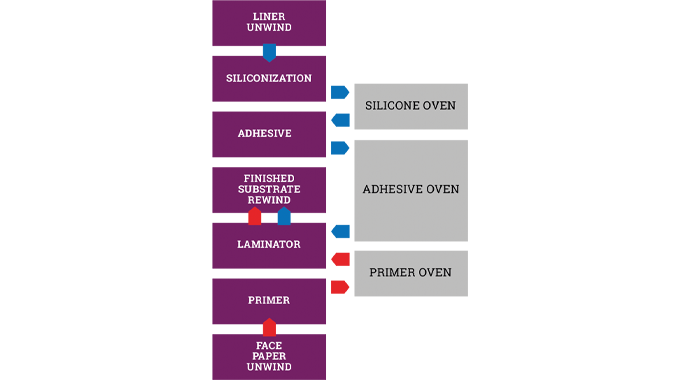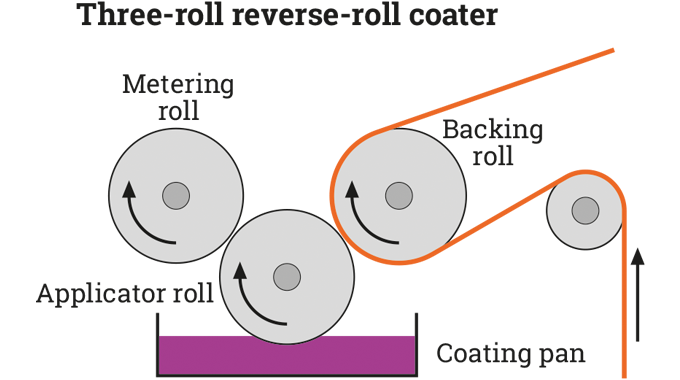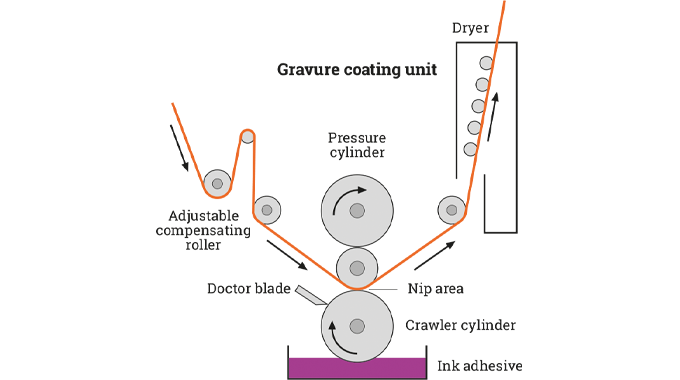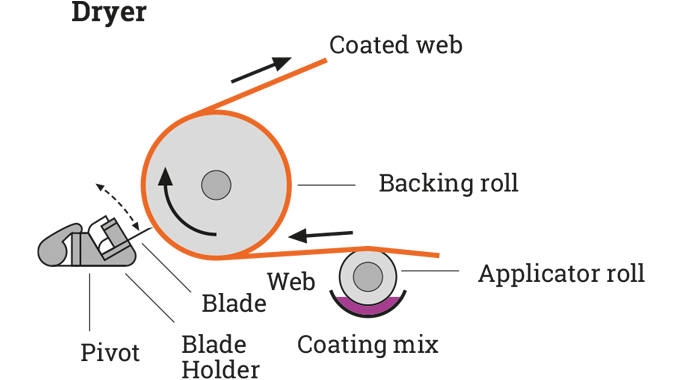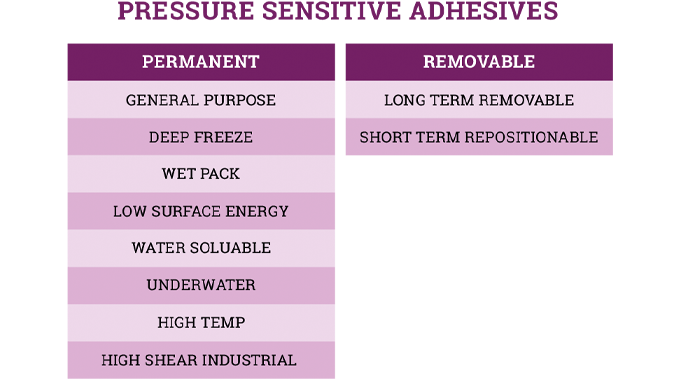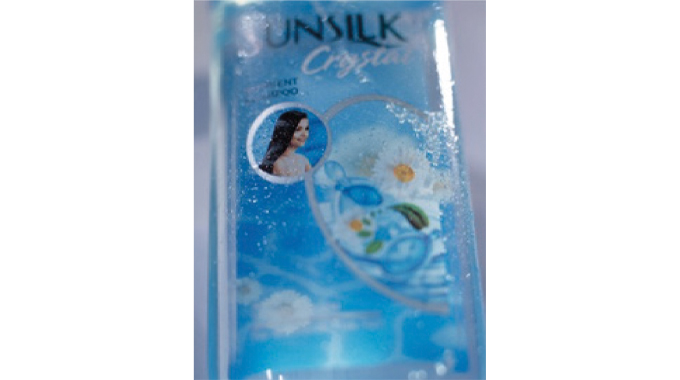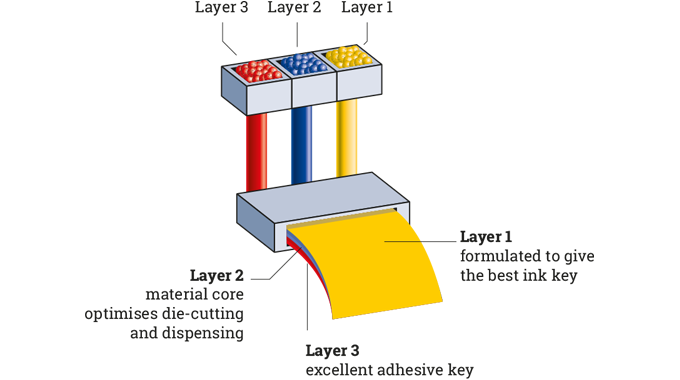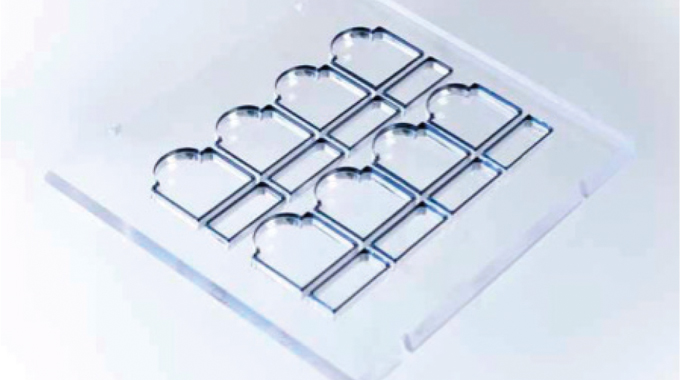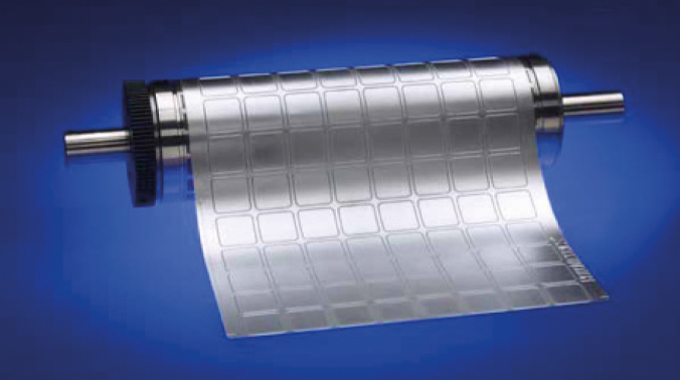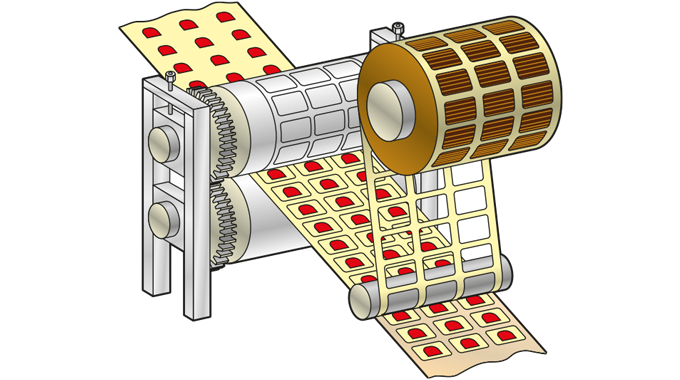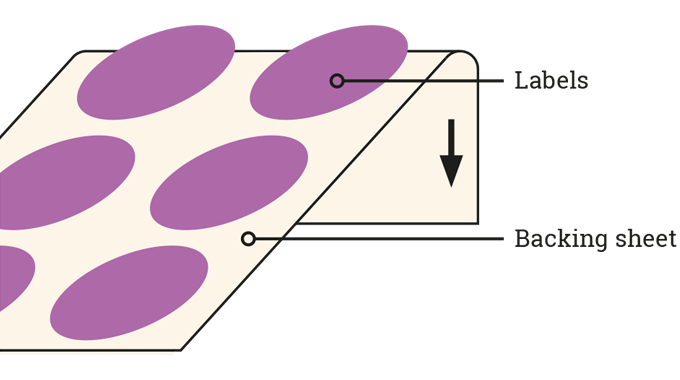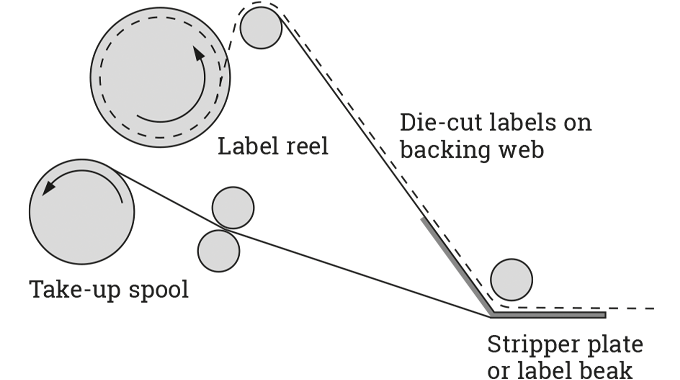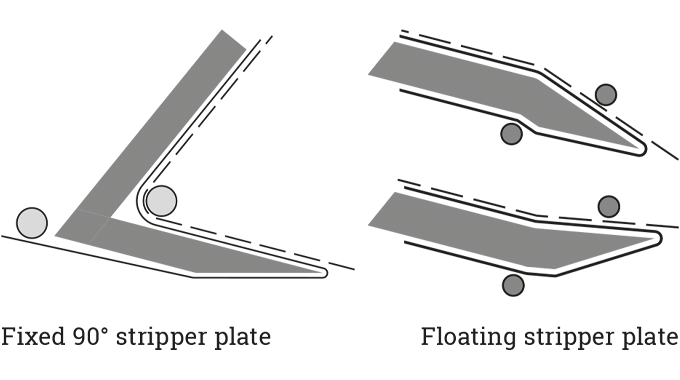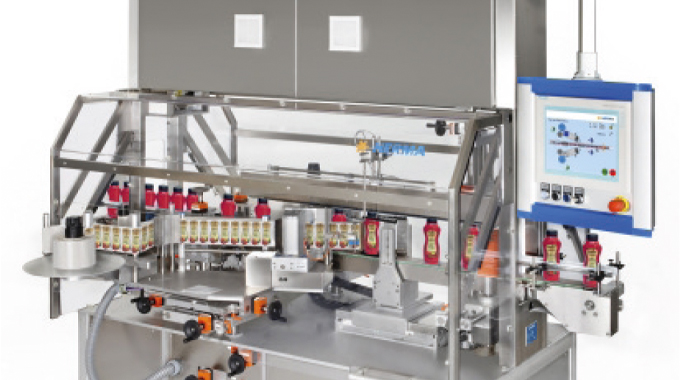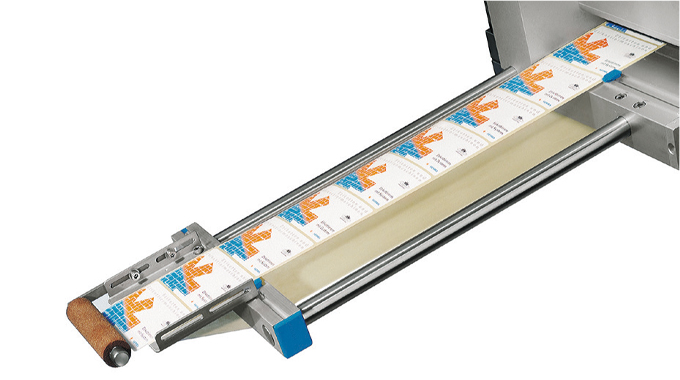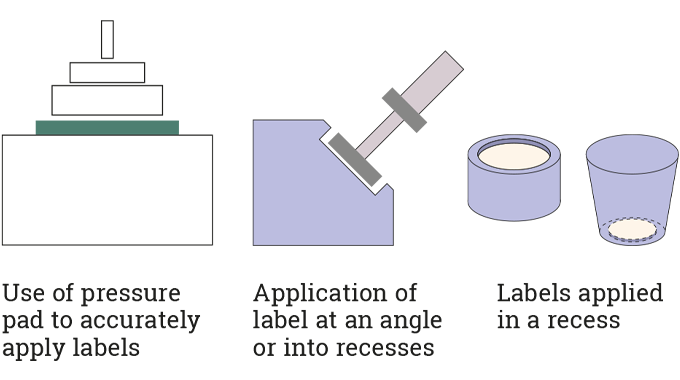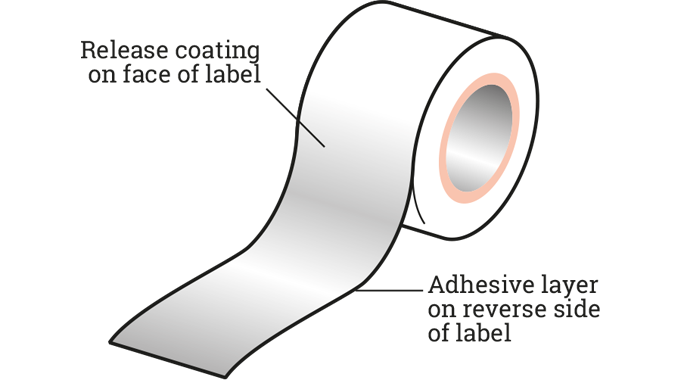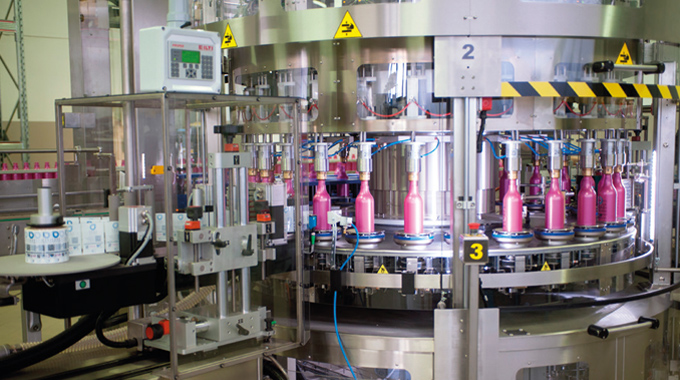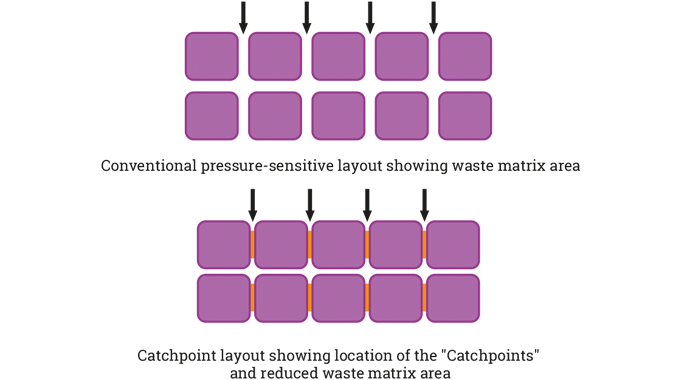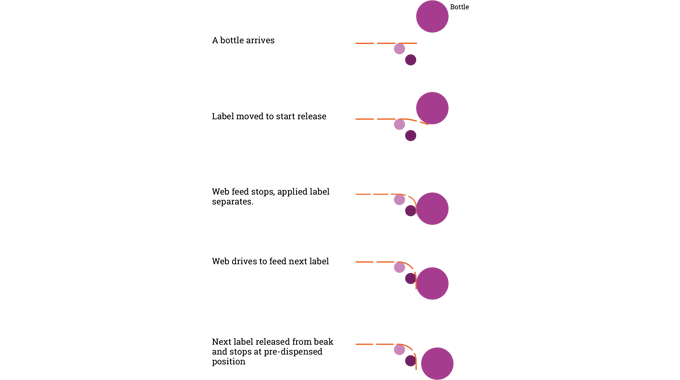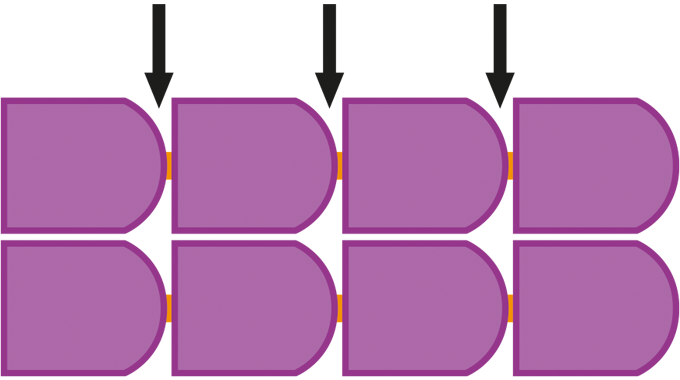★You are viewing this content as a subscriber
★Subscribers only
Pressure-sensitive labels
It was in 1935 when Stanton Avery first manufactured the self-adhesive label, that labeling began to evolve from traditional wet-glue methods
A self-adhesive label is manufactured using a material coated with pressure-sensitive (permanently tacky) adhesive. The adhesive typically has been protected by a covering of silicone coated material which acts as a carrier up to the point of application.
It was in 1935 when Stanton Avery of Los Angeles first manufactured the self-adhesive label, that labeling began to evolve from traditional wet-glue methods.
Stay up to date
Subscribe to the free Label News newsletter and receive the latest content every week. We'll never share your email address.
